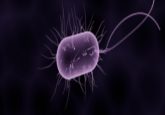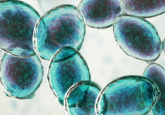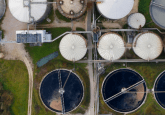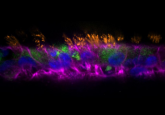Microorganisms lead the way in adapting to extreme environments
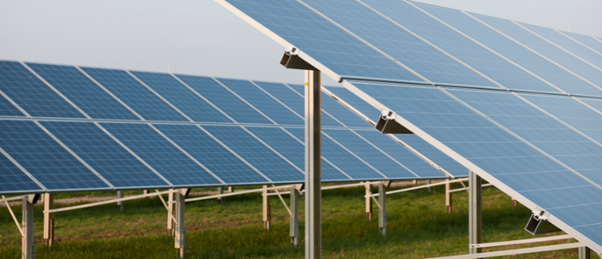
Researchers have profiled microorganisms that have adapted to living on photovoltaic panels and are set to explore how they could be utilized in the maintenance of the panels.
The impacts of climate change are already being felt globally and, in addition to finding ways to minimize global warming, humans will need to adapt to hotter climates and more extreme weather, where it seems microorganisms are leading the way. Researchers, led by Juliane Moura (Federal University of São Carlos, São Paulo, Brazil), have identified a group of bacteria and a yeast that colonize photovoltaic panels, an environment that sees constant exposure to sunlight, drastic temperature fluctuations and scarcity of water, conditions that may become all too familiar.
The researchers first collected samples from the photovoltaic panels, which convert sunlight into electricity, and then extracted and analyzed the DNA using 16S rRNA gene sequencing. They found that Methylobacterium methylorubrum and Hymenobacter accounted for over 90% of the total microbial diversity observed, a composition that is similar to those found on photovoltaic panels in Spain, the USA and even the Arctic and Antarctic.
 New technologies to solve the Earth’s oldest problems
New technologies to solve the Earth’s oldest problems
Fifty years on from the first Earth Day, the Wyss Institute is demonstrating how applying novel technologies to old ideas could finally tackle these environmental problems.
“Although the countries studied have different climates, the surface of panels in all of them is home to a community of microorganisms that have adapted to solar radiation, temperature fluctuation, water scarcity, and the very material the panels are made of,” commented senior author Iolanda Duarte.
Understanding the microorganisms that colonize photovoltaic panels may help maintain the panels’ efficiency. Some bacteria can cluster together to form biofilms on the panels, which reduces their ability to capture solar radiation, thus generating less electricity. The researchers identified a pigmented yeast found on the panels that could produce a biodetergent to disrupt the biofilms, helping to maintain the panels, an activity that will prove important as we attempt to decrease our reliance on fossil fuels.
“Biofilm removal is difficult in many economic activities, so the study is an important contribution to the development of novel solar panel management strategies,” Duarte concluded. “Future research involving the biodetergent yeast could offer an alternative route for the formulation of more effective cleaning products for solar panels and other equipment.”
